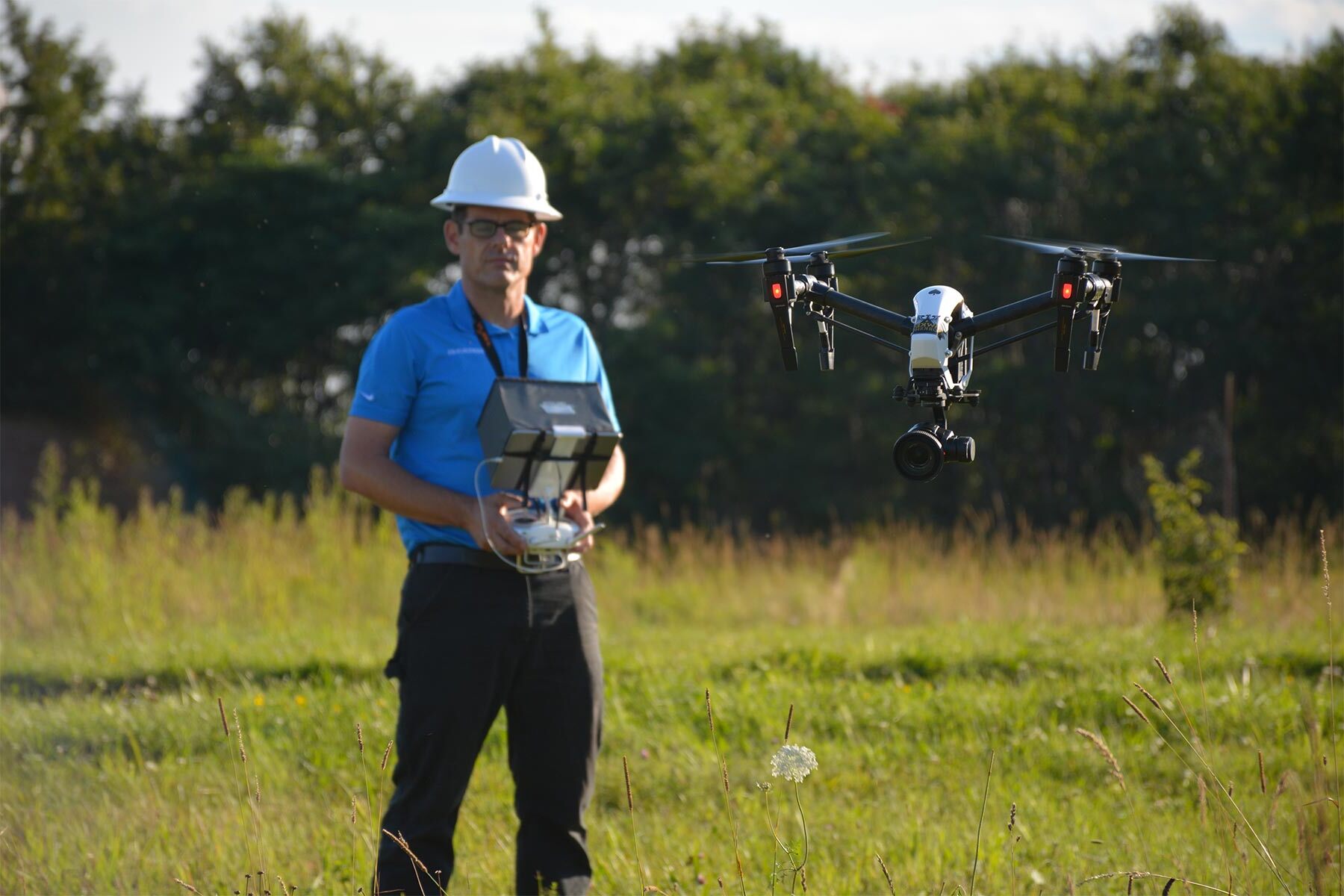
Ever wondered about radium, that glow-in-the-dark element that's both fascinating and a bit mysterious? Radium is not just another element on the periodic table; it's a historical marvel with a story that lights up the dark corners of science history. From its discovery by the Curie duo to its quirky uses in the past, radium has a glowing tale to tell. Did you know that this element once found its way into everyday items, promising health benefits that were, well, less than beneficial? Buckle up for a radiant ride as we unveil 17 great radium fun facts that will illuminate your knowledge and maybe even spark a curiosity for the lesser-known tales of the atomic world. Ready to glow with information? Let's crack into the luminous legacy of radium!
Key Takeaways:
- Radium, discovered by Marie and Pierre Curie, was once used in glow-in-the-dark products but poses health hazards due to its intense radioactivity. Its story highlights the dual nature of scientific discoveries.
- Despite its historical significance and ongoing medical applications, radium's intense radioactivity serves as a cautionary tale about the risks associated with radioactive materials.
What is Radium?
Radium is a chemical element with the symbol Ra and atomic number 88. It's a radioactive, silvery metal that reacts with nitrogen (rather than oxygen) upon exposure to air, forming a black surface layer of radium nitride. Discovered by Marie and Pierre Curie in 1898 from the mineral uraninite, radium was once used widely in luminous paints for watches, clocks, and aircraft switches, among other applications. However, due to its intense radioactivity, which can cause harm, its use has significantly declined.
Radium's Discovery
- Marie and Pierre Curie discovered radium in 1898 while they were investigating the cause of pitchblende's (a form of uraninite) intense radioactivity. Their research eventually led them to isolate radium as a new element.
Uses of Radium
-
In the early 20th century, radium was used in self-luminous paints for watches, clocks, and instrument dials, making them glow in the dark.
-
Radium was also once added to products like toothpaste, hair creams, and even food items, believed to promote health due to its radioactive properties. This practice has since been discontinued due to safety concerns.
The Hazards of Radium
-
Prolonged exposure to radium can cause health issues, including anemia, bone fractures, and cancer, particularly bone cancer. This is due to its ability to replace calcium in bones with radioactive radium.
-
The Radium Girls were factory workers who contracted radiation poisoning from painting watch dials with self-luminous paint. Their tragic story led to greater regulatory oversight of radioactive materials.
Radium in Nature
-
Radium is not found free in nature but is present in trace amounts in uranium and thorium ores. One ton of uranium ore can contain about 0.14 grams of radium.
-
Hot springs and groundwater can contain radium, leading to the presence of radon gas in some homes built over radium-rich soil.
Scientific Research and Radium
-
Radium was key in early research into radioactivity, a term coined by Marie Curie. Its discovery helped pave the way for the development of nuclear physics.
-
Radium-223 dichloride is a radioactive therapeutic agent used in medicine to treat bone metastases from prostate cancer, showcasing radium's continued relevance in science and medicine.
Radium's Place in Popular Culture
-
The fascination with radium's glow led to its use in numerous glow-in-the-dark products, though many of these uses have been phased out for safety reasons.
-
Radium's story, particularly the Radium Girls, has been the subject of books, plays, and films, highlighting the dangers of radium exposure and the importance of workplace safety.
Environmental Impact of Radium
-
Radium's radioactivity poses a challenge for disposal. Waste from radium must be handled carefully to avoid environmental contamination.
-
Water treatment plants monitor radium levels in water to ensure they meet safety standards, protecting public health from radium's potential hazards.
Radium's Legacy
-
Despite its dangers, radium played a crucial role in the development of atomic theory and the study of radioactivity, contributing significantly to modern science.
-
The story of radium, from its discovery to its applications and the lessons learned from its hazards, continues to fascinate and educate about the complexities of scientific discovery and its impact on society.
-
Radium's intense radioactivity, which contributed to its initial allure, now serves as a cautionary tale about the risks associated with radioactive materials.
-
Today, radium remains a subject of study, not only for its historical significance but also for its ongoing applications in medicine and its environmental impact, demonstrating the dual nature of scientific discoveries: their potential for both benefit and harm.
A Final Peek at Radium's Radiant Realm
We've journeyed through the fascinating world of radium, uncovering its mysteries and marvels. From its discovery by the Curie duo to its glow-in-the-dark charm and its role in both historical and modern applications, radium has proven itself as more than just an element on the periodic table. It's a symbol of human curiosity, scientific breakthrough, and the double-edged sword of technological advancement. Remember, while radium's luminescence has illuminated paths in science and medicine, its tale also teaches us the importance of handling such powerful elements with care and respect for their potential impacts. So, next time you see a vintage clock glowing or read about cancer treatments, you'll know the incredible story of radium that lights up our world in more ways than one.
Frequently Asked Questions
Was this page helpful?
Our commitment to delivering trustworthy and engaging content is at the heart of what we do. Each fact on our site is contributed by real users like you, bringing a wealth of diverse insights and information. To ensure the highest standards of accuracy and reliability, our dedicated editors meticulously review each submission. This process guarantees that the facts we share are not only fascinating but also credible. Trust in our commitment to quality and authenticity as you explore and learn with us.


